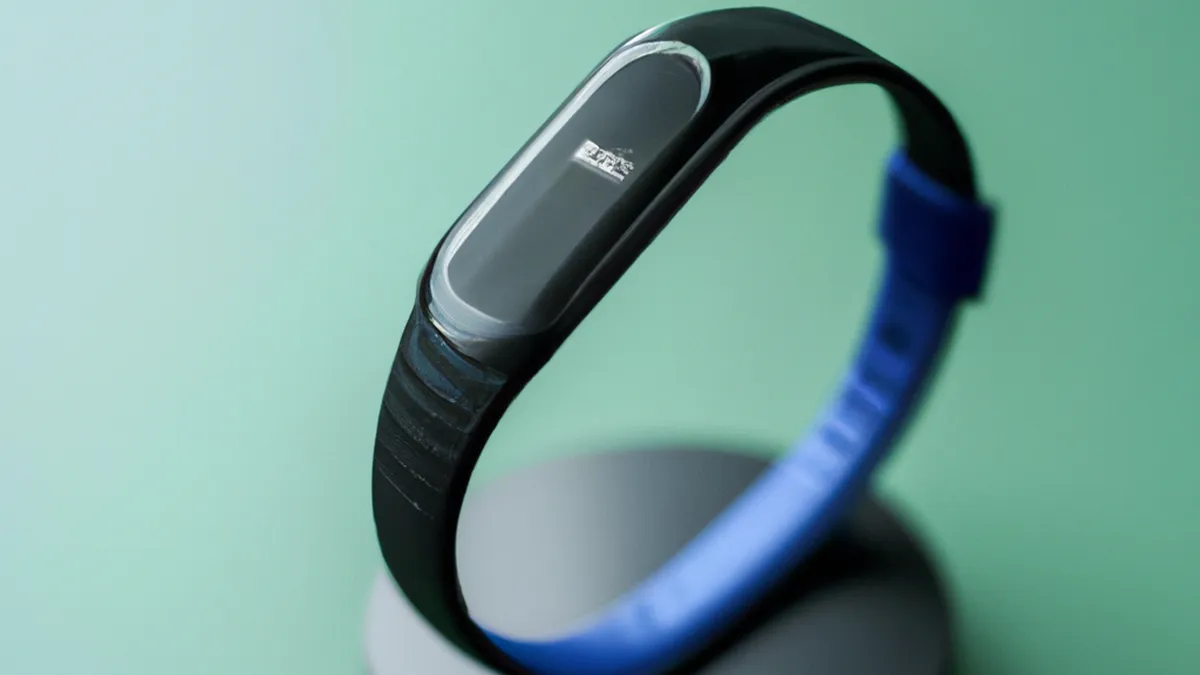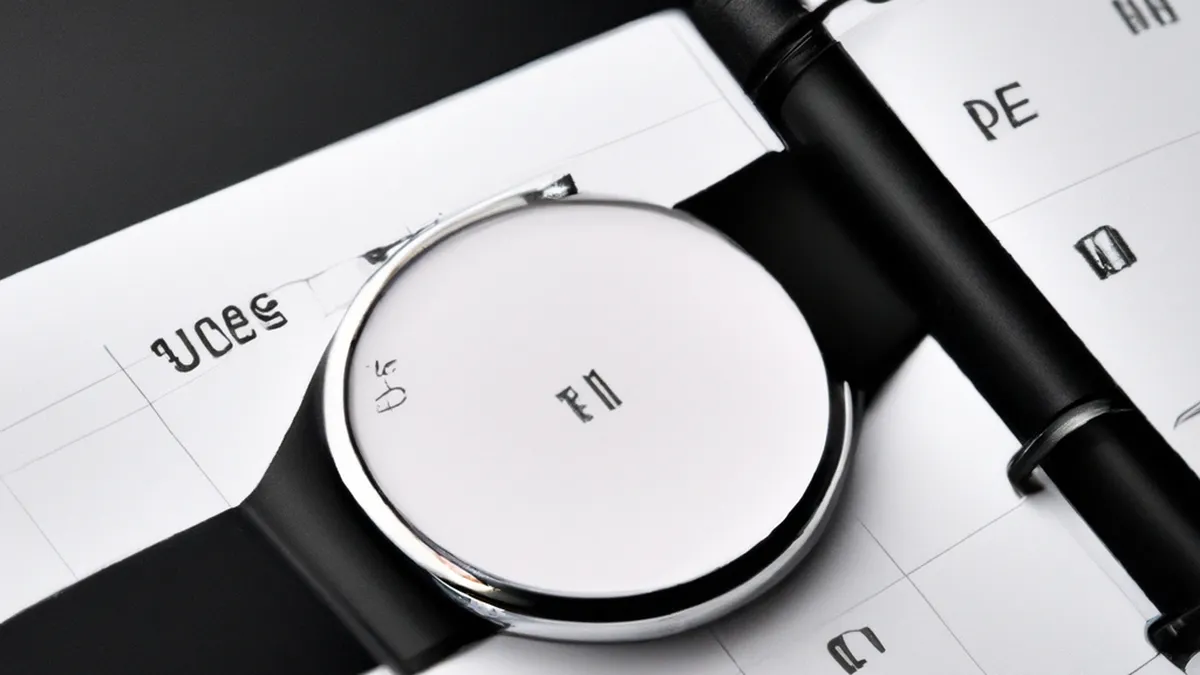Factors to Consider When Buying Cleats
Choosing the Right Soccer CleatsChoosing the right soccer cleats impacts your game significantly. Good cleats enhance performance and help prevent injuries. With many options available, you might feel overwhelmed. This guide simplifies your choice and helps you find the perfect fit.
Understand Your Playing Surface
Before buying cleats, think about where you will play. Soccer fields vary by grass, turf, and indoor surfaces. Each surface requires different cleats for optimal performance and safety.
Grass Fields
For natural grass, choose cleats with longer studs. These provide traction on soft, muddy surfaces, enhancing grip and stability. Firm ground (FG) cleats work best for natural grass. They have a mix of conical and bladed studs, allowing easy pivots and direction changes. For wet conditions, consider soft ground (SG) cleats with longer, removable studs for better grip.
Turf and Artificial Grass
If you play on turf, select turf (TF) cleats specifically designed for synthetic surfaces. These cleats feature shorter, rubber studs that offer stability and grip, preventing slips during quick lateral movements. They have a flatter sole, providing a stable base for firm surfaces. The right turf cleats significantly improve your maneuverability and ball control.
Indoor Play
For indoor soccer, choose indoor (IN) cleats with flat, rubber or non-marking soles. These cleats maximize ground contact, enabling quick movements and precise ball control. Indoor cleats are typically lighter and offer excellent traction on smooth surfaces, essential for fast-paced indoor play.
Consider Your Position
As an Amazon Associate I earn from qualifying purchases.
Gear tip: consider soccer cleats, usb microphone, and ring light to support this topic.
Your field position greatly affects your cleat choice. Different positions require various features in cleats to optimize performance.
Attackers
If you are an attacker, select lightweight cleats for rapid acceleration and quick footwork. A snug fit enhances ball control and responsiveness. Many attackers prefer low-profile designs for a closer ground feel, improving touch and agility. Consider cleats focused on striking power to help with effective shots on goal.
Midfielders
Midfielders should choose versatile cleats that balance speed, stability, and comfort. As a midfielder, you will cover much ground and engage in various movements, from sprinting to quick direction changes. Look for cleats that provide foot support while remaining lightweight. Good midfield cleats help you excel in both defensive and offensive plays.
Defenders
If you play defense, choose cleats with extra support and stability features.
Conclusion
Select the right cleats based on your playing surface and position. Good cleats enhance performance and support your game.
Below are related products based on this post:
FAQ
What factors should I consider when choosing soccer cleats?
When selecting soccer cleats, consider the playing surface, your position on the field, and the specific features needed for optimal performance. Different surfaces, such as grass, turf, and indoor, require different types of cleats for safety and effectiveness.
What type of cleats are best for grass fields?
For natural grass fields, it is best to choose firm ground (FG) cleats with longer studs that provide traction on soft surfaces. In wet conditions, soft ground (SG) cleats with removable studs can enhance grip and stability.
How do I choose cleats based on my playing position?
Your field position influences the type of cleats you should select. Attackers may prefer lightweight cleats for speed, while midfielders need versatile options that balance speed and stability. Defenders should focus on cleats that offer extra support and stability features.















Post Comment